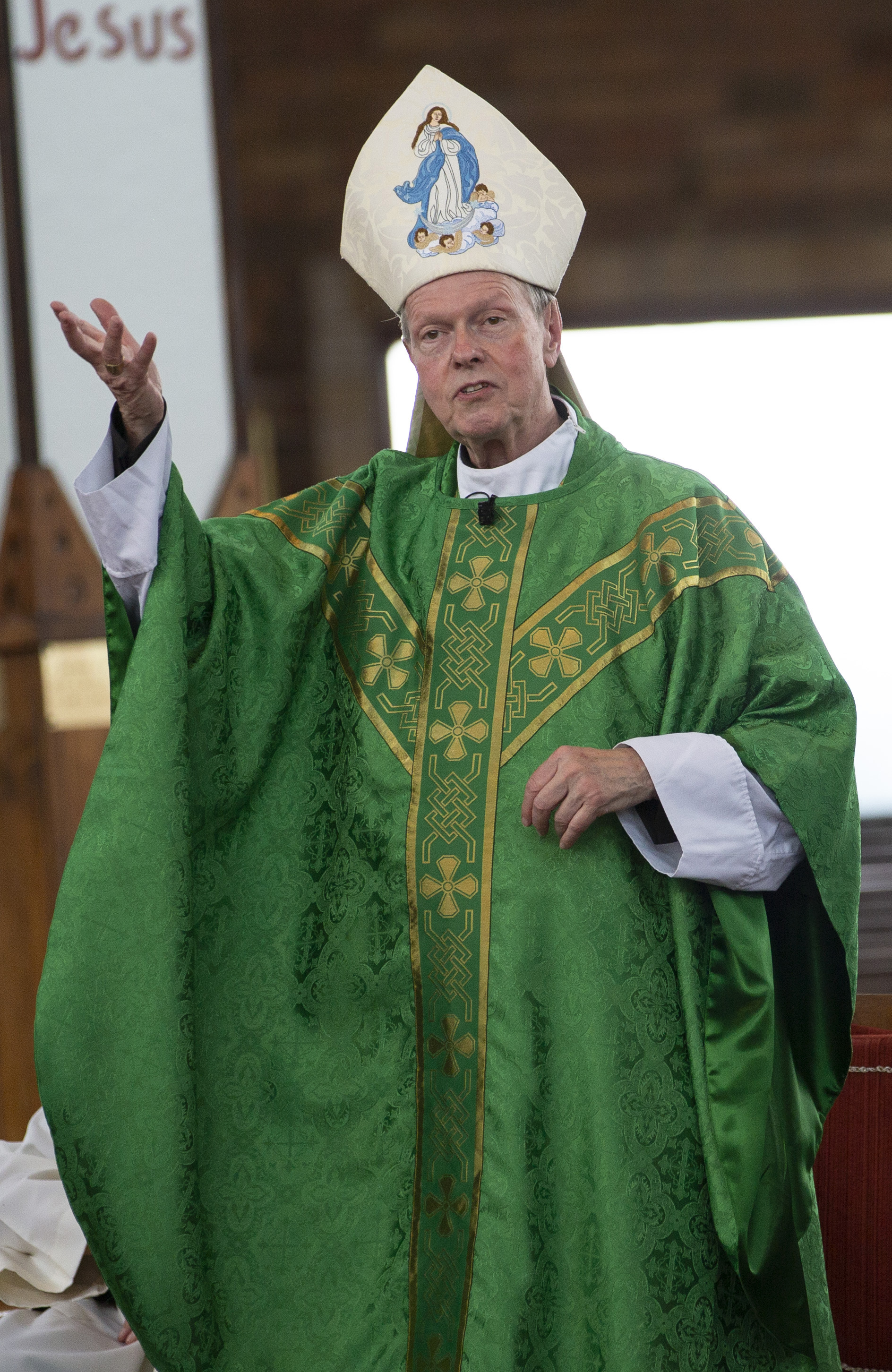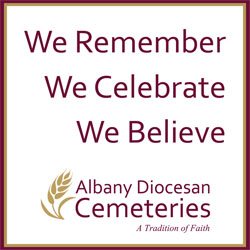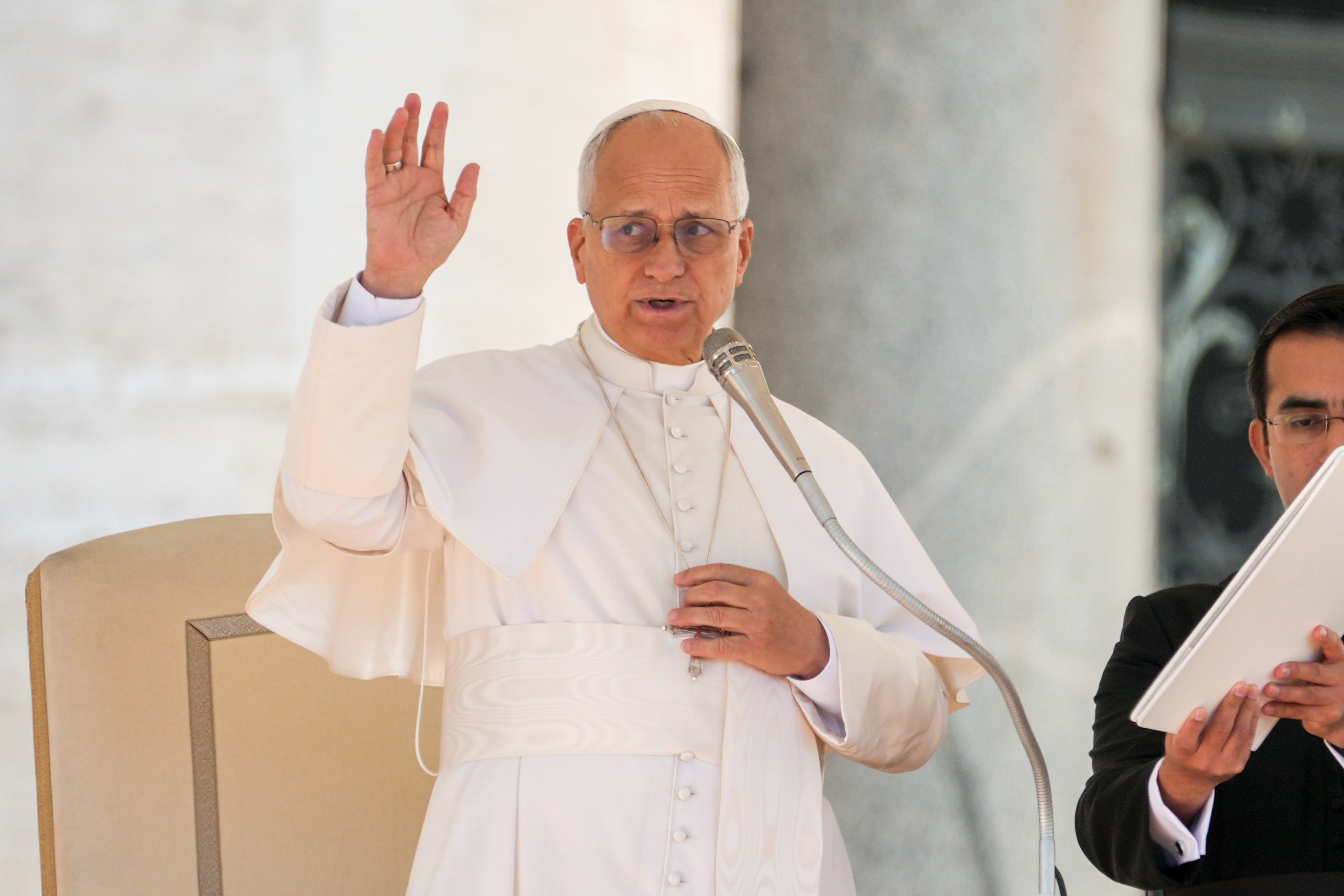April 6, 2018 at 1:53 p.m.
REFLECTION
Can someone explain the Trinity?
Yet the Trinity is so hard to understand: How can there be one God, yet three persons at the same time? We are often reduced to saying that it is a "mystery" and leaving it at that.
It is true that the Trinity is a mystery, but that word means something or someone known and yet unknown at the same time (rather like people who we know and love and yet can never fully understand!).
Why is this mystery so important? The Trinity is ever-present in our lives and in our prayers. The first prayer that we learn is the sign of the cross - a prayer to the Trinity, "in the name of the Father, and of the Son and of the Holy Spirit." Listen carefully to the prayers at Mass and you will hear how they are addressed to the Trinity:
• We often begin those prayers by speaking to the Father ("God") and finish off with "through our Lord Jesus Christ, who lives and reigns with you in the unity of the Holy Spirit."
• We baptize someone "in the name of the Father and of the Son and of the Holy Spirit."
• During the eucharistic prayer, we ask the Father to send down the Holy Spirit so that the bread and wine may become the body and blood of Jesus.
In other words, the Trinity is at the very heart of all our prayers and of the sacraments. As one writer puts it, the Trinity provides the "grammar" of all our prayers, like the way grammar gives a language shape and meaning.
Some spiritual writers have used everyday things to help our understanding. St. Patrick used the shamrock: three leaves, yet making one leaf. Another image is that of water: one substance, yet it exists as steam, liquid or vapor.
Perhaps the best way to see the Trinity is as a community of love and a relationship of love. The Trinity is not a thing or some sort of theological puzzle, but real, active, ever-loving, ever-present and personal communion and relationship between Father, Son and Spirit.
There is only one God, and yet there are three, real persons: a unity and yet a diversity.
We can see this "unity yet diversity" in the work of each person of the Trinity. After all, the names that we have for the three persons are relational names: "Father," "Son," "Spirit." The names are also active and dynamic: They are not just nouns, but also verbs. The Father is creator, the Son is redeemer and the Holy Spirit is sanctifier. Each person has their distinct role and mission, yet they always act as one, because they are perfectly one.
Perhaps we still feel mystified by the mystery! There is a true story of a famous preacher who gave what he thought was a pretty good homily about the Trinity on Trinity Sunday. Two parishioners came up to him after Mass and thanked him for the homily.
"We used to be so confused about the Trinity, Father," they said. The priest beamed and said, "So, now you are not, after the homily that I gave?" "Oh, no, Father," they replied. "We are still confused, but at a higher level!"
What is important in the end is that God, who is Father, Son and Holy Spirit, invites us into this communion of life and love, into this relationship and into their mission. The Trinity, then, is perhaps not so much about knowing something about the very mystery of God, but of being with God and God being with us.
It is like being invited into a family - to be part of a relationship and a community. The famous icon of the Trinity by the great icon painter Rublev makes this clear: The table is set with the three persons around it, but there is also an open place for another - that is, for all of us. Through prayer, through the sacraments and in other ways, we are drawn into the very life of God. For such a wonderful gift, perhaps we can use another prayer to the Trinity, as we simply say: "Glory be to the Father and to the Son and to the Holy Spirit!"
(Father Barratt is pastor of St. Ambrose parish in Latham. He holds a doctorate in theology and was a professor at St. John's Seminary in England before coming to the U.S. in 2004.)[[In-content Ad]]
SOCIAL MEDIA
OSV NEWS
- Pope offers prayers for the Philippines and for peacemakers
- Dig deep and work patiently to keep church on solid foundation, pope says
- Portland archbishop on ICE: Human dignity comes from God, not government
- Christian hope shows the earth can resemble heaven, pope says
- Washington Roundup: Election shifts; Venezuela vote; transgender passports, and more
- Novel highlights power of art and music as a salve to troubled humanity
- Supreme Court sides with Trump administration to temporarily block full funding for SNAP
- Former diocesan fundraising director indicted on wire fraud for alleged 6-figure theft
- Love is key to church’s mental health ministry, says bishop who lost family to suicide
- Caring for creation is part of peacemaking, pope tells COP30







Comments:
You must login to comment.